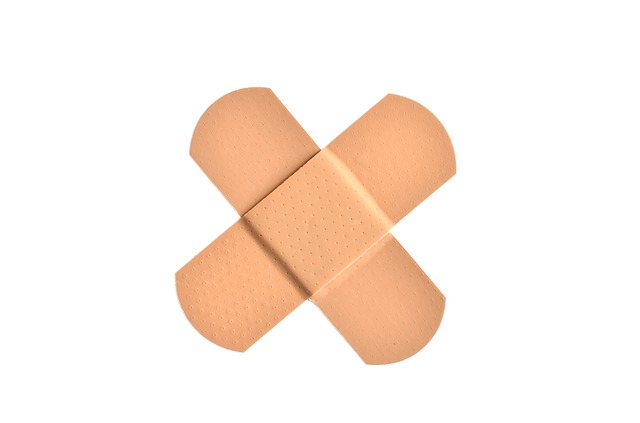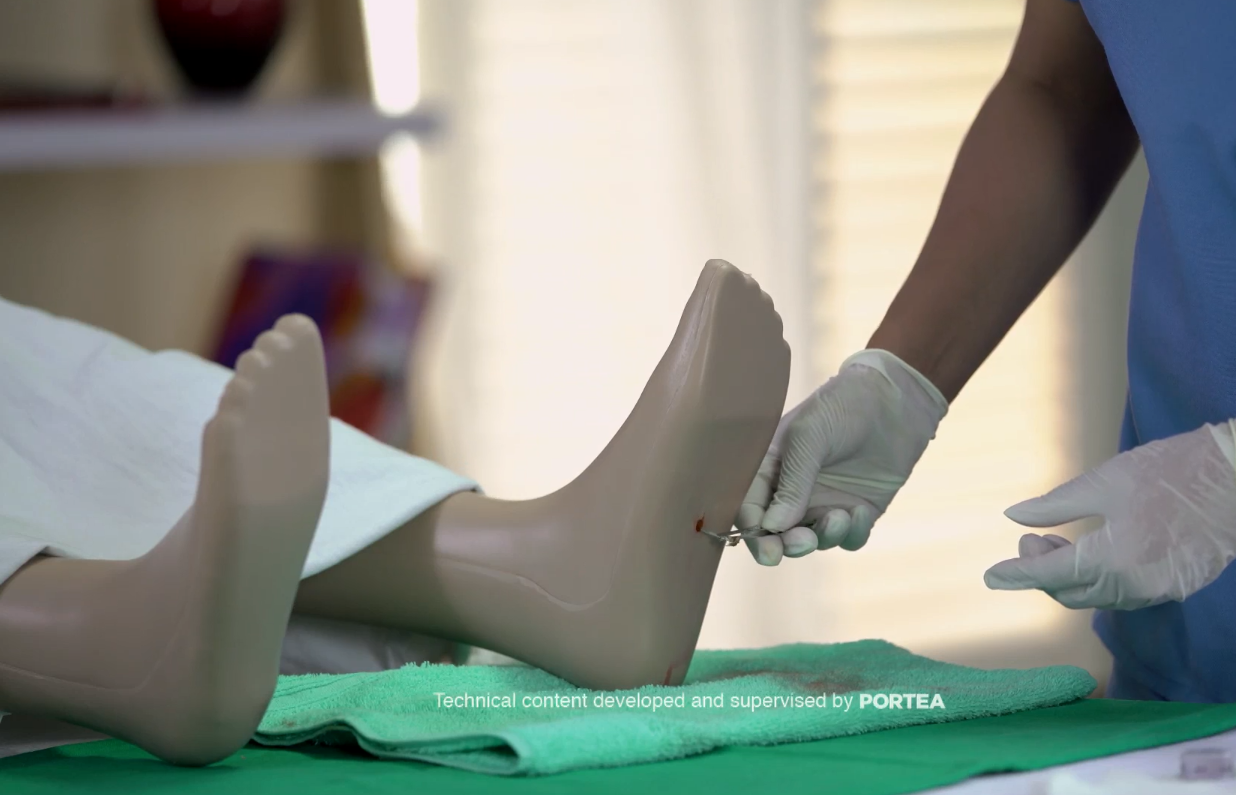Choose the Right Bandage

Anyone who deals with patients with wounds will agree that selecting the right wound dressings and bandages is crucial to wound healing. It may also be the most challenging part of wound management! With so many choices in wound dressings and bandages.
- Is the wound wet or dry? If the wound in question is dry, you might choose a dressing that will donate moisture, such as a hydrogel dressing. If the wound bed is too moist or the wound is highly exudative, you will want to choose a dressing that will absorb excess moisture, such as an alginate dressing.
- Is there slough or necrotic tissue present? If the wound bed is granulating and there is no slough, eschar or necrotic tissue present, all that is needed is to protect the fragile wound bed and maintain a moist, normothermic environment. A transparent film dressing or a simple gauze dressing may suffice. However, if the wound has necrotic tissue present, you may need to choose a dressing that encourages autolytic debridement, such as a semipermeable foam dressing, a hydrocolloid or an alginate dressing, depending on the amount of wound drainage.
- Are there signs or symptoms of infection? If the wound is infected, you might choose a dressing that has been impregnated with silver or iodine to decrease the wound’s bioburden. These dressings vary greatly in their ability to absorb wound exudate, so amount of wound drainage is another factor that you will need to take into consideration.
- Is odor a major concern? When odor is a major concern for the patient, such as in wounds resulting from a fungating cancer or an infected pressure ulcer, you may consider using a charcoal dressing. These dressings work by absorbing the odor-producing gases that are emitted by bacteria.
These are just a few of the considerations that must take into account when choosing a dressing. Cost, ease of use and level of comfort must also be considered and may influence choice of wound dressings and bandages.
How to put on a bandage:
Use a bandage to hold a dressing in place, to control bleeding, to support a limb and stop it moving, and to raise an injured limb to reduce swelling.
There are two main types of bandage:
- Roller bandages: use these to hold dressings in place and to support injured limbs, particularly for ankles, knees, wrists or elbows.
- Triangular bandages: use these as large dressings, as slings to support a wrist, arm or shoulder injury, or folded as a broad-fold bandage to stop a limb from moving.
If you can’t find a bandage, then you can always improvise by using a piece of clothing or material. For example, you could fold a headscarf diagonally in half to make a triangular bandage for a sling.
How to put on a bandage:
If someone’s hurt themselves and you need to apply a bandage, below are the key things to remember.
- Reassure them and explain what you’re going to do before you start.
- Make them comfortable by helping them sit or lie down in a comfortable position.
- Support the injury by holding the limb carefully, or ask them or someone else to help.
- Start bandaging from the front and from the side of the body or limb that’s injured.
- Apply bandages firmly but not so tightly that it restricts their circulation.
- Generally, wrap the bandage using spiral turns working from the inside to the outside of the limb
- For joint injuries, make diagonal turns in a figure-of-eight above and below the joint. See below for specific techniques.
- To immobilise a limb, make a broad-fold bandage: lay a triangular bandage flat on a clean surface, fold it in half horizontally so the point touches the base, and then fold it in half again.
- Leave fingers and toes peeking out, if possible, so you can press them to check circulation afterwards.
- Use pins or tape to fasten roller bandages, otherwise, tuck the bandage in as securely as you can.
- Use reef knots to tie triangular bandages: right over left and under, then left over right and under.
- Check their circulation: Once you’ve finished, check for circulation, by pressing one of their finger or toe nails for five seconds until it goes pale. If the colour doesn’t come back within two seconds, the bandage is too tight so you’ll need to loosen it and do it again. Check their circulation every ten minute.
To read more on First Aid, click on the link below.




